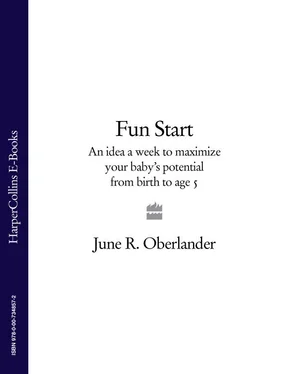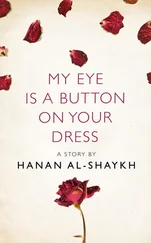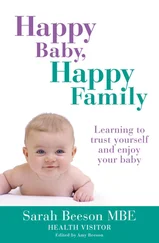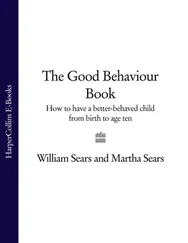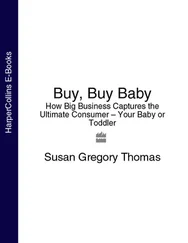Eye-Hand Coordination
This activity develops
a tactile sensation that stimulates the baby to grasp a moving object
skill in focusing on a moving object
skill in listening to sounds when you talk to him
rudiments of eye-hand coordination
Retrieve the sock ball that was usedin week 6 or make a new one. A brightly coloured sock ball will appeal more to the baby.
Lay the baby on his back. Put the sock ball on the baby’s stomach. Roll it along the baby’s body across the chest and up to the baby’s neck. Watch the baby’s eyes and hands. Does he attempt to reach for the sock ball, or do his eyes just watch the movement? Be patient, he will respond when he is ready.
This activity should be repeated at various times throughout the week even if the baby showed little or no response. Talk to your baby during the activity and observe and listen for any verbal response or a smile. Remember to repeat some of the previous activities. Although some activities may bore you, babies enjoy and need repetition. The baby will delight in and gain confidence from doing simple activities.
Observing Different Faces
This activity develops
the baby’s awareness of his face
a purpose for looking and listening
an interest in interacting with another person
Use a large wall mirror or a non-breakablehand mirror and show the baby his face. Call the baby by name and say,‘I see (baby’s name).’With the baby still looking in the mirror, use a paper plate and block the baby’s view. Gradually slide the plate from left to right so that the baby’s face gradually comes into view. As you do this say,‘Peek-a-boo (or Peep po!), I see (baby’s name).’Repeat this several times. Babies recognise and distinguish human faces, especially exaggerated facial expressions, at an early age and may attempt to respond to changes in facial expressions.
With the baby watching, try hiding your face with the plate and gradually expose your face by moving the plate. Once again say,‘Peek-a-boo, I see (baby’s name).’Be sure to observe the baby’s reaction. Repeat this and the other activities at various times. The baby is learning to play a game. He looks. He listens. He responds. At the same time, the baby is becoming more aware of his name.
The Face Observation
This activity develops
more awareness of a face
awareness of the concepts, front and back
early motivation by initiating a purpose for observing
Draw or glue a large colourful face on a paper plate.The face can be funny and should be only on one side. Show the baby the face on the front. Turn it over and show the baby the blank side. Turn it back over (from left to right) and say,‘Peek-a-boo’or ‘Peep po!’as the face gradually comes into view.
This simple game is making the baby aware of the front and the back of an object. Also the baby’s eyes follow the movement of the face, thus visually training them from left to right.
You can extend this activity by using your hands to hide your face and play peek-a-boo with the baby. The baby may surprise you one day and hide his face to play the game with you.
Repeat this activity and the previous activities, especially those that the baby did not readily respond to. Repetition is very important for sequential learning, confidence and the mastery of basic concepts.
Stomach Position and Free Movement
This activity develops
the baby’s body muscles by using a stimulus to initiate stretching and squirming in an attempt to grasp
an awareness of movement through the sense of touch
motivation to move forward
Place the baby face down on a soft mat or carpetand allow the baby to stretch his arms and legs to squirm. Place near him several large cotton reels that have been strung with one centimetre-wide elastic and tied securely at the ends, but leaving enough slack so that the reels can be rolled. Roll the reels in front of the baby encouraging him to watch as you roll them. Does your baby watch you roll the spools? Does the baby wiggle slightly to grasp the spools? Make sure that the reels are in clear view and reach of the baby. If the baby attempts to reach for the rolling reels, move them slightly away so as to encourage the baby to wiggle forward.You want to stimulate the baby enough so that he will attempt to stretch his arms, legs and torso and move towards the spools.
Pull the two end reels apart, stretching the elastic and slightly separating them. Tap the reels together to produce a tapping sound. Do this several times to interest the baby and encourage him to attempt to grasp the reels. Repeat this procedure and allow the baby to observe the reels and explore them independently.
Does the baby’s head lift in a wobbly fashion as the arms and hands extend and attempt to grasp the reels? Success with grasping is not likely at this age, but the idea is to motivate the baby to attempt it.
Repeat these activities often. These are the beginning stages of crawling.
Listening to Sounds
This activity develops
an awareness of different sounds
an awareness of the origin of the different sounds
listening skills
an awareness of the rhythm 1-2
Clap your hands together to make a sound.Does the baby listen? Clap your hands again and observe the baby’s response. Take the baby’s hands and attempt to clap them together. Exaggerate the sound and say,‘Clap’each time that you clap.
Take two reels and tap them together to make a sound. Does the baby listen? Hit the reels together again and observe the baby. Continue doing this until the baby appears to be watching.
Take two jar lids and tap them together to make a sound. Does the baby listen? Continue doing this until the baby shows some sign of a response.
Tap two spoons or something else that is safe to use and make a sound. Repeat the tapping with a rhythm of 1-2, 1-2. Talk to the baby and try to encourage him to listen.
At other times throughout the week, try tapping other objects together to the rhythm of 1-2, 1-2. Also clap your hands to this rhythm when you are holding or playing with your baby.
Developing Grasp and Eye-Hand Coordination
This activity develops
an awareness of a rolling object
skill in watching a moving object
rudimentary skill in attempting to grasp
listening skill as you talk; this aids in vocabulary development
Use a round plastic spice containeror one of a similar size. Place the baby on his back. Roll the container over the baby’s chest and down the abdomen and back up to the chest for tactile sensation. Repeat if the baby is responsive.
Place the baby on his stomach. Lay the plastic container on its side and roll it towards the baby. Make sure that the container is clearly visible to the baby. Try to encourage him to watch as you roll the container. Allow the baby to stretch his arms and legs to squirm. Does your baby watch you roll the container? Does he wiggle slightly in an attempt to grasp the container? For further awareness and stimulation, a jingle bell may be placed inside the container before rolling it to the baby. Allow the baby to touch and explore the container. Roll the container again to the baby and talk to the baby as you do this.
At this age the baby may prefer to be propped in a sitting position when the container is rolled. However, free movement and the urge to move forward and grasp is increased if the baby is on his stomach.
Observe the baby’s reaction as you continue to roll the container towards him. Does the baby make sounds, attempt to grasp the object or does he just watch? If the baby just watches, he is attending and eye coordination is taking place.
Читать дальше
